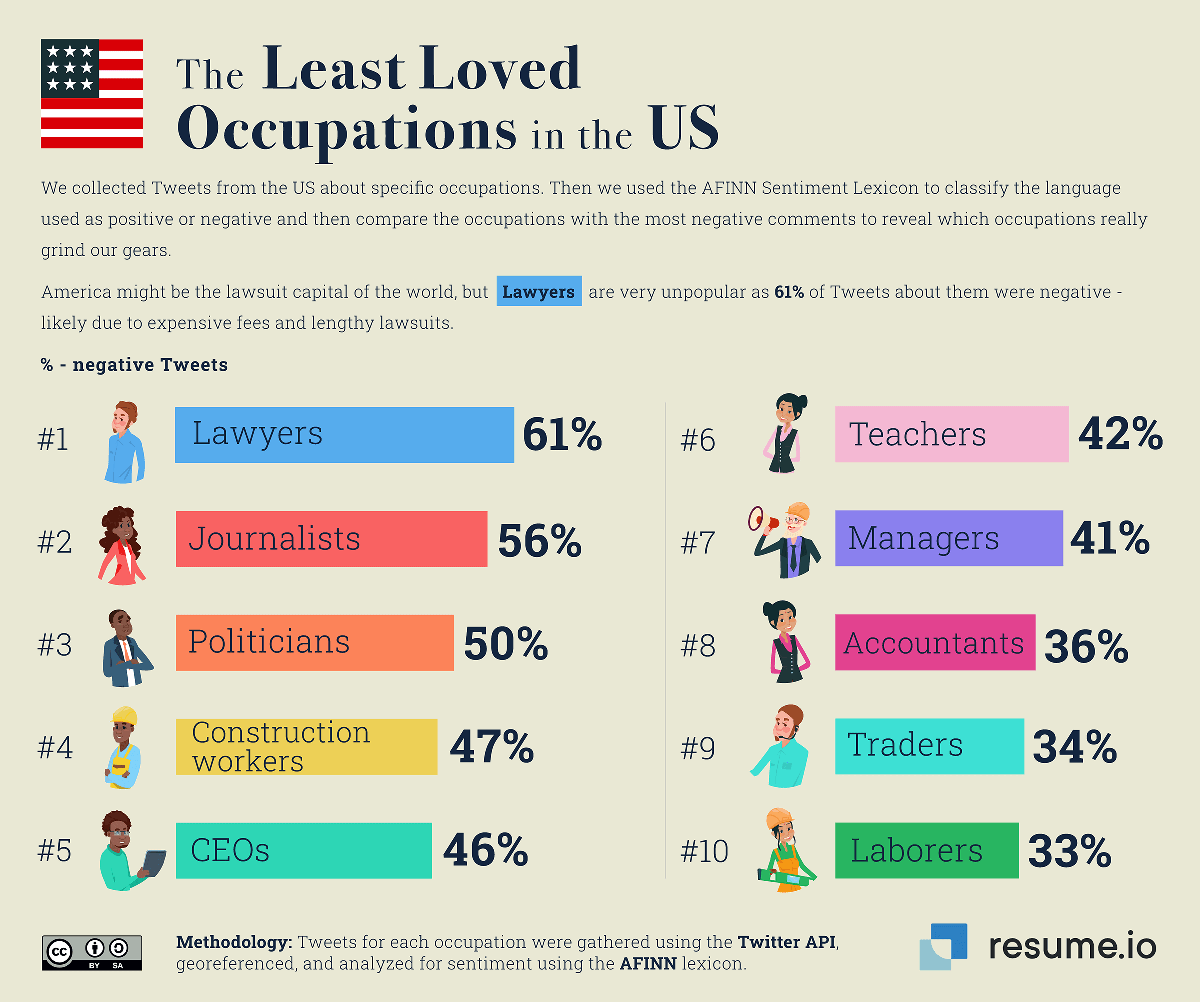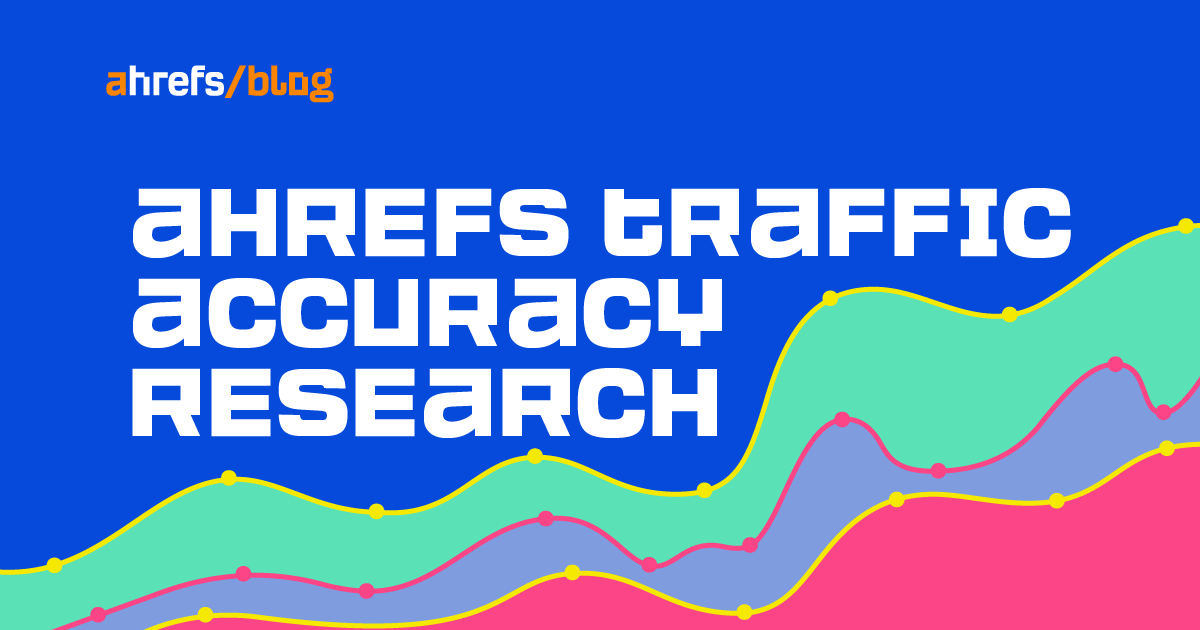26.6 Million Logins Stolen by Bot Malware Since 2018
The Rise of Bot Malware will Allow Hackers to Bypass Multi-factor Authentication A study by NordVPN showed that data of five million people (including 16 thousand Canadians) has been stolen by bot malware since 2018. Cybercriminals were able to...

The Rise of Bot Malware will Allow Hackers to Bypass Multi-factor Authentication
A study by NordVPN showed that data of five million people (including 16 thousand Canadians) has been stolen by bot malware since 2018. Cybercriminals were able to obtain extremely sensitive user data including 26.6 million usernames and passwords. Among them were 720 thousand Google logins, 654 thousand Microsoft logins, and 647 thousand Facebook logins.
The average price for a person’s digital information on the bot markets is $6.
Moreover, because the malware steals logins together with cookies and device configuration information, cybersecurity experts say that the rise of this malware will help hackers to bypass multi-factor authentication (MFA).
“When a criminal hacks a password, they cannot complete the identity authentication if the user has MFA enabled. However, if a criminal obtains their victim’s cookies and device configuration information, they can trick the security systems and avoid MFA activation. Because bot malware provides criminals with the entire digital identity of their victims — it presents a brand new set of risks,” says Adrianus Warmenhoven, cybersecurity advisor at NordVPN.
Stolen Logins Found on Bot Markets
| 720,676 | |
| Microsoft | 654,444 |
| 647,574 | |
| Amazon | 226,264 |
| Netflix | 223,173 |
| PayPal | 201,649 |
| 196,904 | |
| Steam | 180,581 |
| Ebay | 123,955 |
| EA Network | 115,807 |
| Roblox | 112,050 |
| 108,789 | |
| Yahoo | 105,944 |
| Dropbox | 105,918 |
| Ali Express | 100,690 |
| Twitch | 93,678 |
| Apple Store | 90,068 |
| 89,469 | |
| Sony Entertainment | 89,421 |
| Spotify | 75,941 |
| Riot Games | 75,242 |
| Epic Games | 72,673 |
| MEGAnz | 61,150 |
A Perfect Crime Using Bots
The scariest thing about bot markets is that they make it easy for hackers to exploit their victim’s data. Even a rookie cybercriminal can connect to someone’s Facebook account if they have cookies and digital fingerprints in place, which help them bypass multi-factor authentication.
After logging in to a user’s account, a cybercriminal can try contacting people on a victim’s friends list and send malicious links or ask for a money transfer. They can also post fake information on the victim’s social media feed.
“Some tactics are even simpler. A hacker can, for example, take control of a victim’s Steam account by changing the password. Steam accounts are sold for up to $6,000 per account and can be easy money for a criminal,” says Adrianus Warmenhoven.
More sophisticated criminals buy this information and target businesses with phishing attacks, trying to impersonate the company’s employees.
“To protect yourself, use an antivirus at all times. Other measures that could help – a password manager and file encryptions tools to make sure that even if a criminal infects your device, there is very little for them to steal,” adds Adrianus Warmenhoven.
Researchers analyzed three major bot markets: the Genesis Market, the Russian Market, and 2Easy. All of the markets were active and accessible on the surface web at the time of analysis. The data on bot markets was compiled in partnership with independent third-party researchers specializing in cybersecurity incident research.
The most popular types of malware that steal data are RedLine, Vidar, Racoon, Taurus, and AZORult.
The full methodology, together with more information about the three analyzed markets, can be found here: https://nordvpn.com/research-lab/bot-markets/
You can learn more about how bot markets work by watching this video: https://youtu.be/dAyl1xBgTUg

 Kass
Kass 































